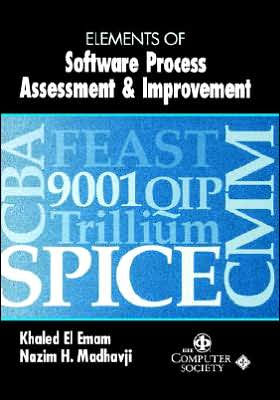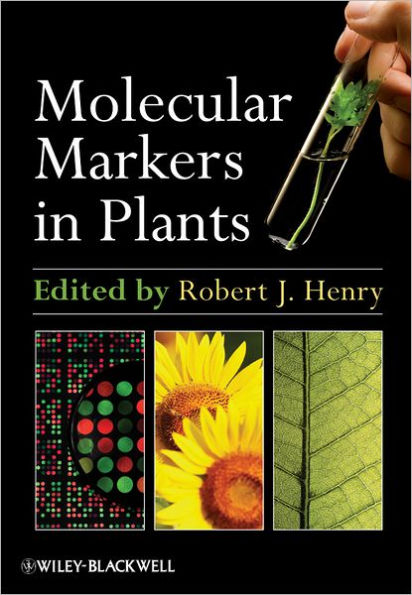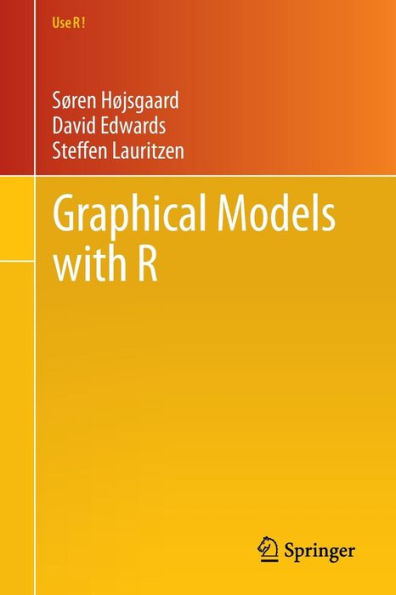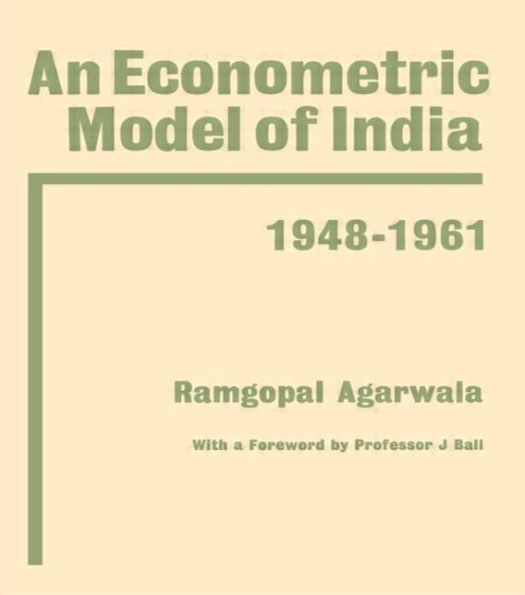Home
Model Plants and Crop Improvement / Edition 1
Barnes and Noble
Model Plants and Crop Improvement / Edition 1
Current price: $280.00


Barnes and Noble
Model Plants and Crop Improvement / Edition 1
Current price: $280.00
Size: OS
Loading Inventory...
*Product information may vary - to confirm product availability, pricing, shipping and return information please contact Barnes and Noble
Within the past decade, there has been an explosion of research in both the public and private sectors regarding the use of plant genetic models to improve crop yield. Bringing together experts from across the globe, Model Plants and Crop Improvement provides a critical assessment of the potential of model plant species for crop improvement. The first comprehensive summary of the use of model plant systems, the book delineates the model species' contribution to understanding the genomes of crop species.
The book provides an in-depth examination of the achievements and limitations of the model paradigm. It explores how continued research in models can contribute to the goal of delivering the outputs of molecular biology to crops. Covering the major genetic models such as Arabidopsis thaliana, Lotus japonicus, and Medigago, the book goes on to discuss applications to food plants of global importance including rice, canola, and legumes. The book introduces the evolutionary, genetic, genomic, and morphological attributes of B. distachyon that make it such an attractive new model plant system.
As the post-genomic era dawns, a key question to address is how this growing body of genetic and biological information can be extended beyond the model to the modeled species. This book takes you one step closer to applying modeling results to crops in the field.
The book provides an in-depth examination of the achievements and limitations of the model paradigm. It explores how continued research in models can contribute to the goal of delivering the outputs of molecular biology to crops. Covering the major genetic models such as Arabidopsis thaliana, Lotus japonicus, and Medigago, the book goes on to discuss applications to food plants of global importance including rice, canola, and legumes. The book introduces the evolutionary, genetic, genomic, and morphological attributes of B. distachyon that make it such an attractive new model plant system.
As the post-genomic era dawns, a key question to address is how this growing body of genetic and biological information can be extended beyond the model to the modeled species. This book takes you one step closer to applying modeling results to crops in the field.


















